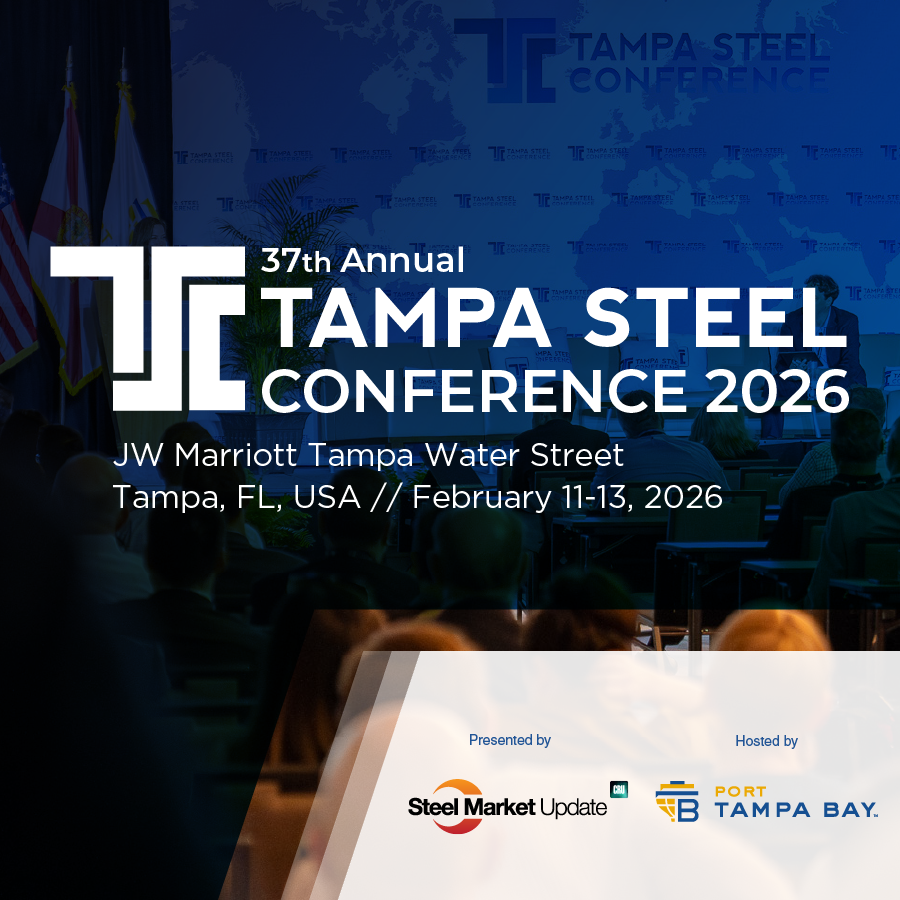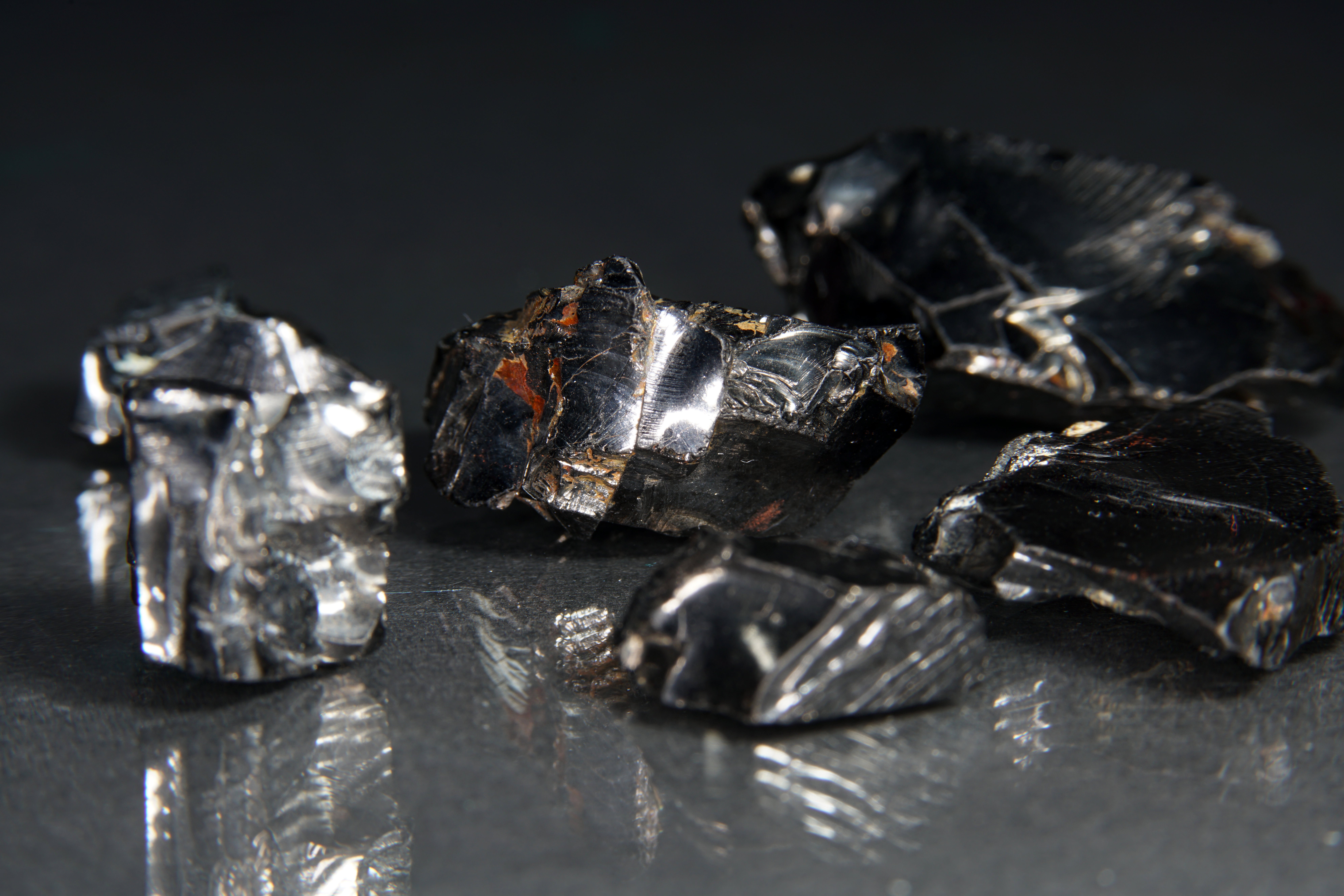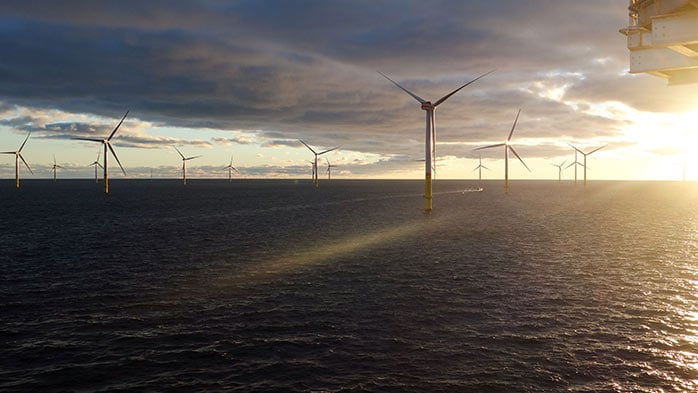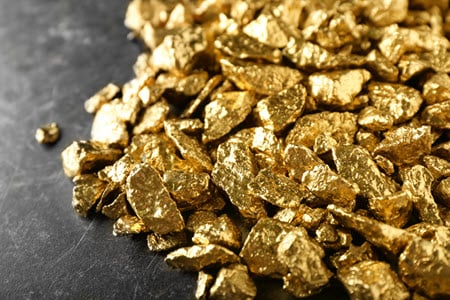The steel industry is responsible for around 7% of total anthropogenic CO2 emissions globally and is thus targeted by regulators to reduce emissions and limit global warming. The increase in use of DRI/HBI will be one of the key enablers of carbon emissions reduction in steelmaking. In this Insight, we will share details and analysis of the new DRI/HBI supply that will support the steel industry decarbonisation.
Emissions in the steel industry are hard to abate due to the chemistry of steel production. However, the industry has some alternatives to reduce emissions, such as:
- Optimising the efficiency of BF-BOF and DRI-EAFs capacity;
- Replacing traditional BF-BOFs with scrap based or ore-based metallics-EAFs; and
- Transforming the way steel is produced with new technologies, including the use of green hydrogen as a reductant in the DRI/HBI production.
In the alternatives above, DRI/HBI is the common theme, and we believe the product will work as an enabler in the decarbonisaton process. According to CRU’s Steel Cost Model, BF-BOFs’ average carbon intensity is 2 tCO2 /t steel, while natural gas-based DRI-EAFs intensity is 1 tCO2 /t steel, and green hydrogen-based DRI-EAFs intensity is 0.2 tCO2 /t steel (considering scope 1+2 emissions). The use of DRI – both natural gas and hydrogen-based – represents a step change in the emissions intensity of steel production.
As a result, over the last five years, various new DRI/HBI projects have been announced, both integrated with EAFs and standalone projects. CRU has been tracking these announcements and has established a DRI/HBI projects database, with a full version published in the CRU Steel Long Term Market Outlook and a shorter version updated quarterly in the CRU Metallics Market Outlook.
Currently, we have 87 projects totalling ~160 Mt/y capacity identified in the database. The database includes information such as the projects’ location, ownership, production form (DRI, HBI, or both), type of iron ore feed to DRI/HBI plant, integration with iron ore supply, additional equipment (e.g. pellet plant, EAF), capacities, technology suppliers, reductant, capital expenditure (capex) and timelines (start-up, full production, etc).
While there are projects across all continents, there is a high concentration in Europe. In fact, ~30% of the 87 projects are located in the region (see chart below). The European Union is leading the steel industry decarbonisation wave, mainly due to the progress made on government policy and economic support for the transition.
n terms of announced projects’ capacity volumes, Europe continues to lead the ranking, with 35% of the total announced capacity, and is followed by the Middle East and CIS (see map below).
In addition to listing and gathering information about the DRI/HBI projects, CRU established a system to score the projects based on their progress. In the scoring system, we consider ten different parameters to evaluate the projects, including the availability of information about capacity, location, technology supplier, capex, start year, industry experience of the owners, financing, permits, iron ore supply and others.
Scores between 0-3 were given to the different parameters. The total score of each project was then normalised to give a final score between 0-100, with 0 being the score of projects at a very initial stage with limited information available, and 100 being projects that are advanced in their development and have high likelihood of becoming operational as planned/announced.
Looking at all listed projects, greater disclosure of information, in particular capex, leads some projects to stand out with higher scores. Another key area that differentiates the scoring of a project is its access to iron ore supply. Projects integrated with iron-ore supply have higher scoring given the secured access to raw materials. Projects that received government support or funding and those that have started construction are also assigned with a high score.
There are 16 projects with more than 75 points in our scoring, most of which are now under construction and have a high likelihood of being commissioned as planned, adding 28 Mt/y of DRI/HBI capacity to the industry. Out of these projects, five are located in Europe, meaning the concentration observed in the listing continues in the scoring. However, another seven regions are represented in the remaining 11 projects, with only Africa not featuring at the top of the list. The absence of Africa is recent as, in October 2024, Tosyali started up its DRI 2 project in Algeria, which was removed from the projects’ list after becoming operational.
Meanwhile, there are 11 projects totalling 17 Mt/y capacity with less than 25 points in our scoring, which are at an early stage of development and mostly located in the Middle East and Asia.
To meet our long-term supply/demand balance for DRI/HBI and reach the 60% reduction in carbon emissions that we expect by 2050, the projects’ capacity will need to double from the current 160 Mt/y. You can find out more about CRU’s steel industry decarbonisation forecasts in the CRU Steel Long Term Market Outlook.

















